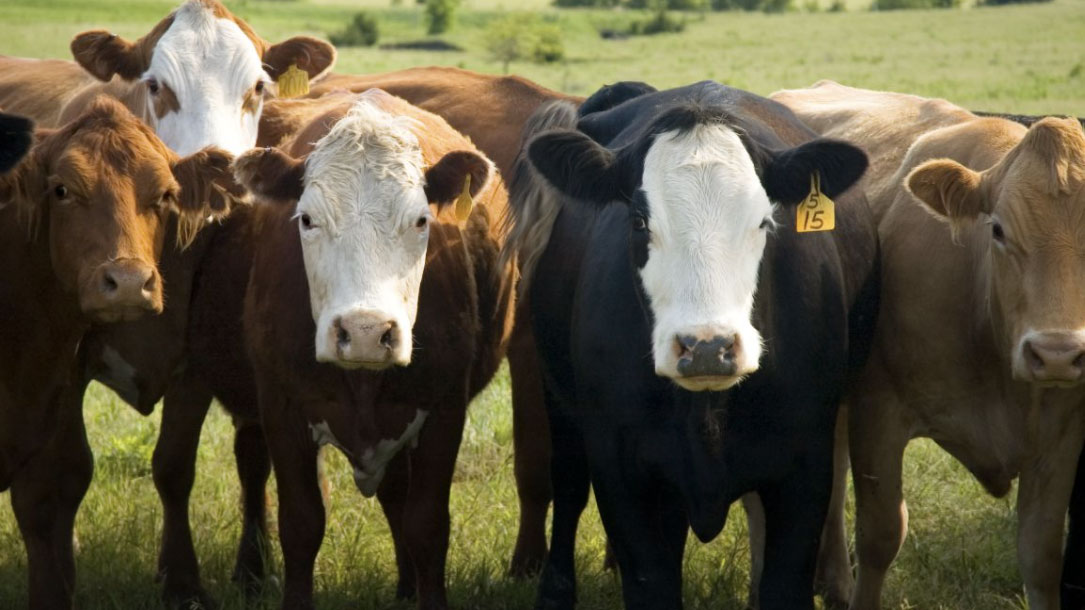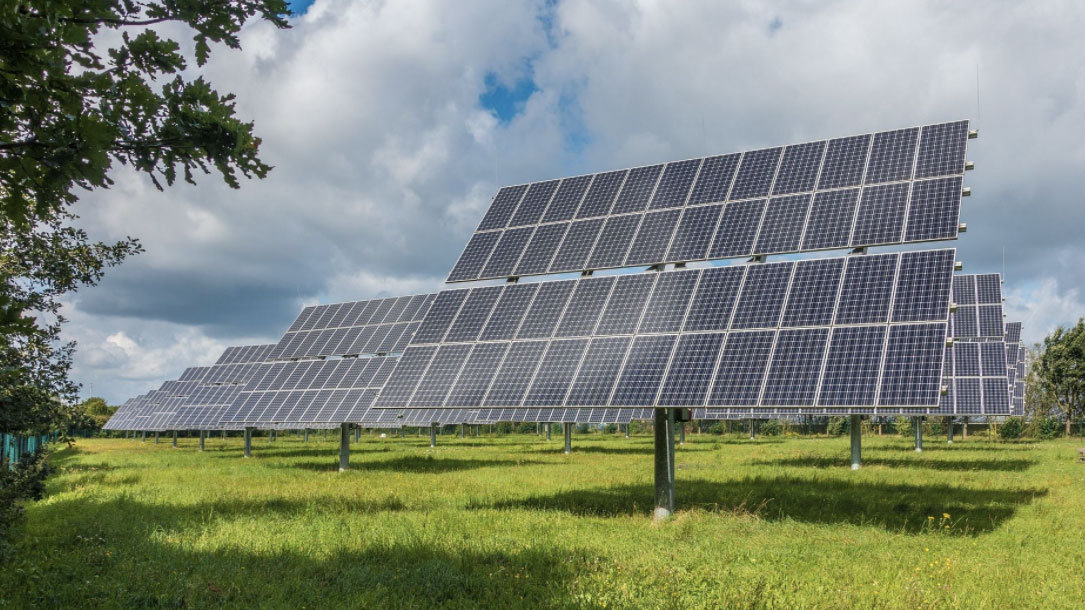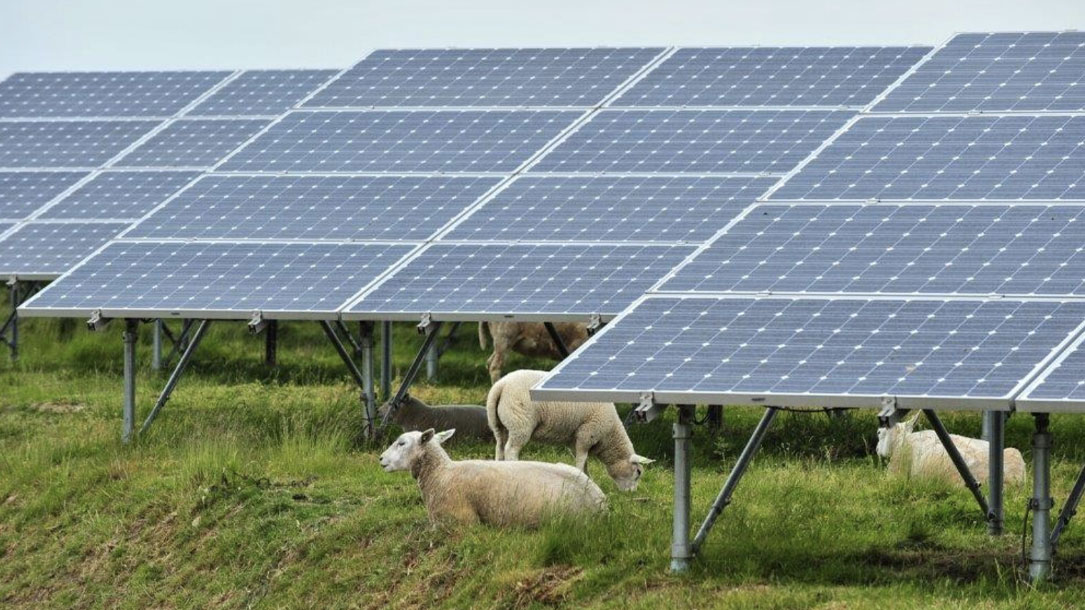
Farming to mitigate the effects of climate change
At Bailey and Sarah Williamson Preserve, farmers will be using regenerative methods to help mitigate and reverse the effects of climate change. Industrial-conventional agriculture models have focused on single-crop operations that have exceeded the natural carrying capacity of the land, ruining soil, water, habitat, and air quality. Regenerative methods seek to reverse some of this damage by rebuilding degraded soils, increasing biodiversity, and creating healthy, fair, and just food systems…

Argyle bird trust working with solar developer to conserve more land
“We’re excited about this collaboration and look forward to working with Eden on future mitigation projects,” said Grassland Bird Trust Executive Director Laurie LaFond. “We believe that renewable energy, when done right, can play an important role in restoring populations of grassland birds to sustainable levels.”

Agrivoltaics. An economic lifeline for American farmers?
As natural systems become more stressed by climate change and the resulting disasters and impacts, natural climate solutions become more vulnerable.
Nature needs renewables — and our collective work to reduce energy consumption — to flourish.

Running on renewable energy
Talking about how, and why, your land trust has transitioned to renewable energy, is important. Modeling this shift is a leadership move that will inspire others to do the same. Posting it on the land trust’s website, or the energy provider’s website, so folks can find out more about it, is smart:
“MALT helps preserve the rich agricultural heritage of Marin County by protecting its clean water, clear air, and open space. Climate change threatens Marin’s farming way of life. We operate on 100% renewable energy from MCE because reducing fossil fuel pollution will help our cause in the long run. MALT is proud to join a community of businesses and organizations in Marin who choose to reduce our carbon impact through MCE’s Deep Green Energy Program.”
MALT is also raising the profile about the importance of “Carbon Farming“— demonstrating how they are walking the walk to make a difference in a variety of ways. Check out that information HERE.

EV Stations Complete
“Mendocino County is on the road to a cleaner and more sustainable future with the installation of 13 new electric vehicle charging stations along the coast and in Willits. Thanks to a $498,040 grant from the California Energy Commission awarded to Mendocino Land Trust in 2014, a string of new electric vehicle charging stations are up and running.”

Utility-scale solar energy can be a tool for conservation, economic development
To put it plainly, these proposed projects will not destroy the natural environment nor negatively impact the watershed if they are approved and built in line with Linn County’s existing ordinance for solar energy projects. In fact, with a diverse mix of native grasses and wildflowers cultivated on-site, these proposed projects can significantly improve water quality, reduce soil erosion, and provide habitat for wildlife and pollinators, going a long way to restore Iowa’s landscape.
Furthermore, by using wildlife-style fencing instead of traditional chain link fencing, these sites can be a home for upland nesting birds such as ring-necked pheasants, quail, and other grassland birds like the dickcissel…

AFT welcomes solar and conservation specialist
American Farmland Trust welcomes Ethan Winter as the Northeast Solar Specialist. In this role, Winter will work across regional and national programs to help set and implement AFTs strategy for solar energy generation and farmland conservation. Winter joins AFT with an extensive background in solar development throughout the Northeast.

Restoration and solar team up
For over a year now, much of the SunCommon team has been working remotely, and all-staff gatherings have been suspended. But graced with good weather and increased access to vaccines amongst [their] staff, [they] paused operations for a day to give each other the opportunity to reconnect after a year apart, provide service to our community, and expand [their] mission impact by planting carbon-sequestering trees.
Check out the projects and organizations they worked with…

How solar energy can coincide with crop and animal agriculture
We’ve devoted millions of acres of land to growing crops and allowing farm animals to graze. Now, that land used for agriculture can have a dual purpose — to harness the sun’s rays and provide energy.

The future of solar relies on synergies between renewables development and the environment
As corporations and utilities continue to look to renewable energy to help them reach sustainability and renewable portfolio standard (RPS) commitments, solar development has flourished. According to the U.S. National Renewable Energy Laboratory, it’s predicted that utility-scale solar sites are on track to occupy nearly 2 million acres in the United States by 2030.












